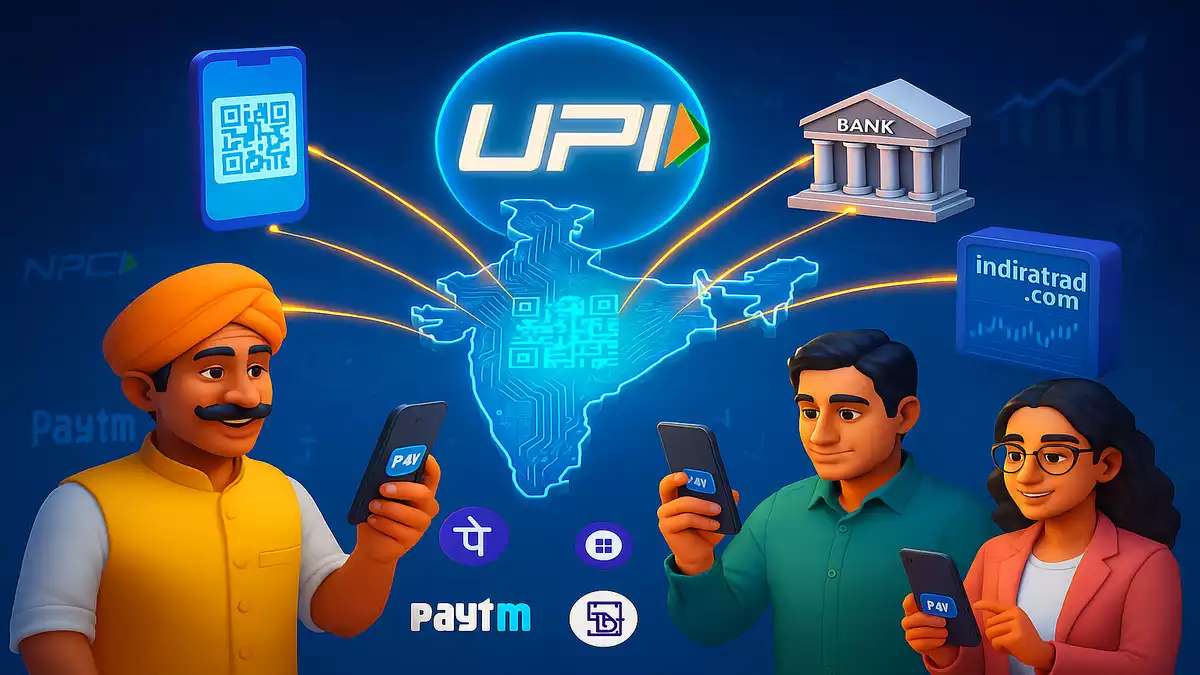The single most significant shift in Indian commerce over the last decade hasn’t been a new product or a new mall—it’s been the way we pay. From the street-side kirana store to the largest e-commerce platforms, the digital payments revolution has fundamentally rewired consumer behavior and business operations.
This transformation, led by innovations like UPI, has moved FinTech from a niche industry to the core engine of the Indian economy. For businesses, this is no longer a “nice-to-have” IT upgrade; it’s a critical strategic pivot. Understanding the forces and consumer behaviors driving this change is the key to survival and growth.
What’s Driving the Digital Payment Juggernaut?
This boom is not an accident. It’s the result of a “perfect storm” of three powerful forces:
- A Pro-Digital Infrastructure: Government-led initiatives like the Unified Payments Interface (UPI) created a free, instant, and interoperable public utility. This demolished the barriers to entry.
- Massive Smartphone & Data Penetration: Affordable smartphones and some of the world’s cheapest data plans put a digital wallet into the hands of hundreds of millions of consumers.
- A New Consumer Mindset: Indian consumers have rapidly embraced the convenience, speed, and transparency of digital payments. The pandemic was not the cause, but it was a massive accelerator, permanently cementing these new habits.
The New Consumer: 3 FinTech Trends You Can’t Ignore
This revolution isn’t just about replacing cash; it’s creating entirely new consumer expectations. Brands that fail to understand this will be left behind.
1. The Expectation of “Instant and Seamless”
Today’s consumer has zero patience for friction. A slow-loading payment page, a failed transaction, or a clunky checkout process is no longer a minor annoyance—it’s a lost sale. Customers now expect a one-click, instant payment experience, whether they are in your app, on your website, or in your physical store.
2. The Rise of “Embedded Finance”
The future of finance isn’t a separate “banking” app. It’s “embedded” directly into the services consumers already use. Think of:
- Buy Now, Pay Later (BNPL): Offering instant credit at the point of sale on an e-commerce site.
- Sachet Insurance: Buying travel insurance with a single click while booking a flight.
- Digital Wallets: Storing money directly within a ride-sharing or food delivery app. Consumers now expect financial services to come to them, where they are.
3. Data as the New Currency
Every digital transaction is a data point. This creates an unprecedented opportunity for businesses to understand their customers on a granular level. The most successful brands are using this data to create hyper-personalized offers, build predictive loyalty programs, and identify new market opportunities.
Strategic Questions for a FinTech-Driven World
To navigate this new landscape, business leaders must move beyond assumptions and seek data-driven answers to critical questions:
- Which payment methods are most trusted by my specific target demographic?
- What is the real market potential and risk profile for offering a BNPL solution?
- How is the shift to digital payments affecting consumer impulse-buying behavior?
- Which FinTech partners align with our brand values of security and customer trust?
At McKinley Research, we provide the deep, data-driven consumer insights and market analysis you need to build a winning FinTech strategy. We help you understand not just what is happening, but why it’s happening, and what you should do about it.


